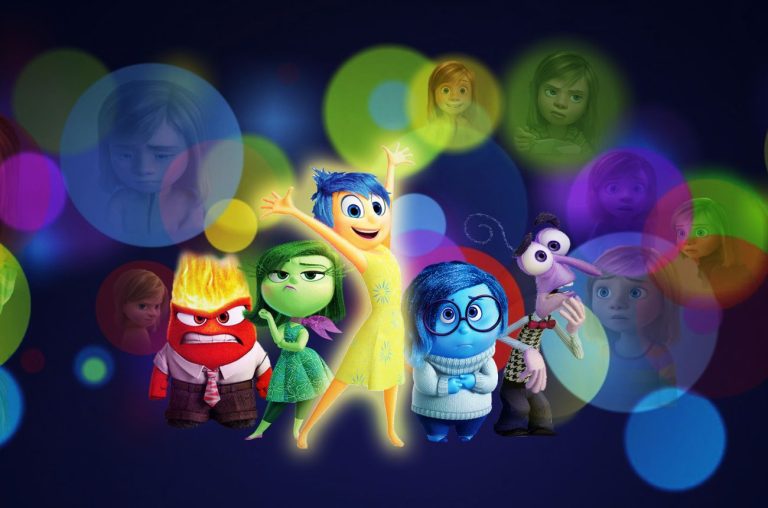In the mind of a young girl named Riley, her emotions – Joy, Sadness, Fear, Disgust, and Anger – work in harmony to navigate her daily life. These emotions collaborate to create vivid memories, each memory contributing to the vibrant tapestry of her personality. Joy is the driving force, helping Riley find positivity in every situation, while Sadness ensures that Riley acknowledges and processes her emotions.
Riley’s world takes a turn when her family relocates from Minnesota to San Francisco due to her father’s new job. The new environment presents challenges: the house is smaller than what Riley is used to, and her father’s demanding job leaves less time for family activities. On her first day at a new school, Riley feels overwhelmed by the changes and experiences a mixture of emotions. The core memories of that day form a unique blend of colors, representing the complexity of her feelings.
As Riley’s emotions navigate these changes, they discover that every emotion has a valuable role to play. Rather than attempting to limit Sadness’s influence, Joy learns that allowing Sadness to be part of the process helps Riley connect with others on a deeper level. Sadness’s ability to empathize and show vulnerability proves to be essential in forming meaningful connections with her new classmates.
Instead of a struggle that leads to the accidental removal of core memories, the emotions work together to create a strong support system. They communicate openly about Riley’s experiences, allowing each emotion to contribute their perspective. While there are moments of tension and disagreement, the emotions realize that they can combine their efforts to help Riley adapt to her new life.
Riley’s core memories form interconnected islands, representing her family, hobbies, friendships, challenges, and dreams. As she faces difficulties in her new environment, these islands provide a foundation of strength and resilience. The islands remain intact because Riley’s emotions collaborate and find creative solutions to the challenges she encounters.
The turning point comes when Riley opens up to her parents about her struggles and her longing for her old home. In response, her parents share their own feelings of adjustment and reassure Riley that it’s okay to miss the past. This vulnerable conversation becomes a core memory that shapes Riley’s understanding of change and the importance of expressing her emotions.
Over time, Riley’s new experiences blend with her cherished memories from Minnesota, creating a unique mosaic of her identity. The emotions continue to work in harmony, adapting to the evolving landscape of Riley’s emotions as she grows older. With the expanded console, each emotion finds their place in guiding Riley through adolescence, fostering a balanced and empathetic approach to life’s ups and downs.








